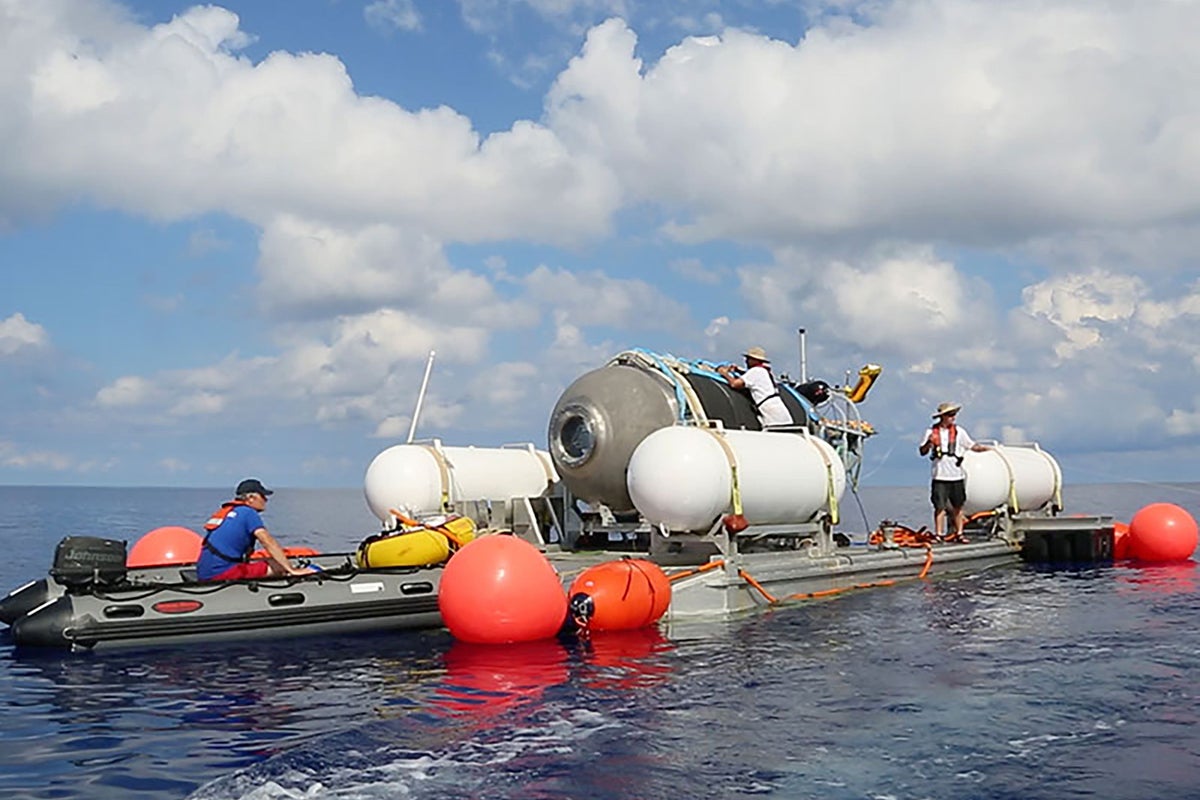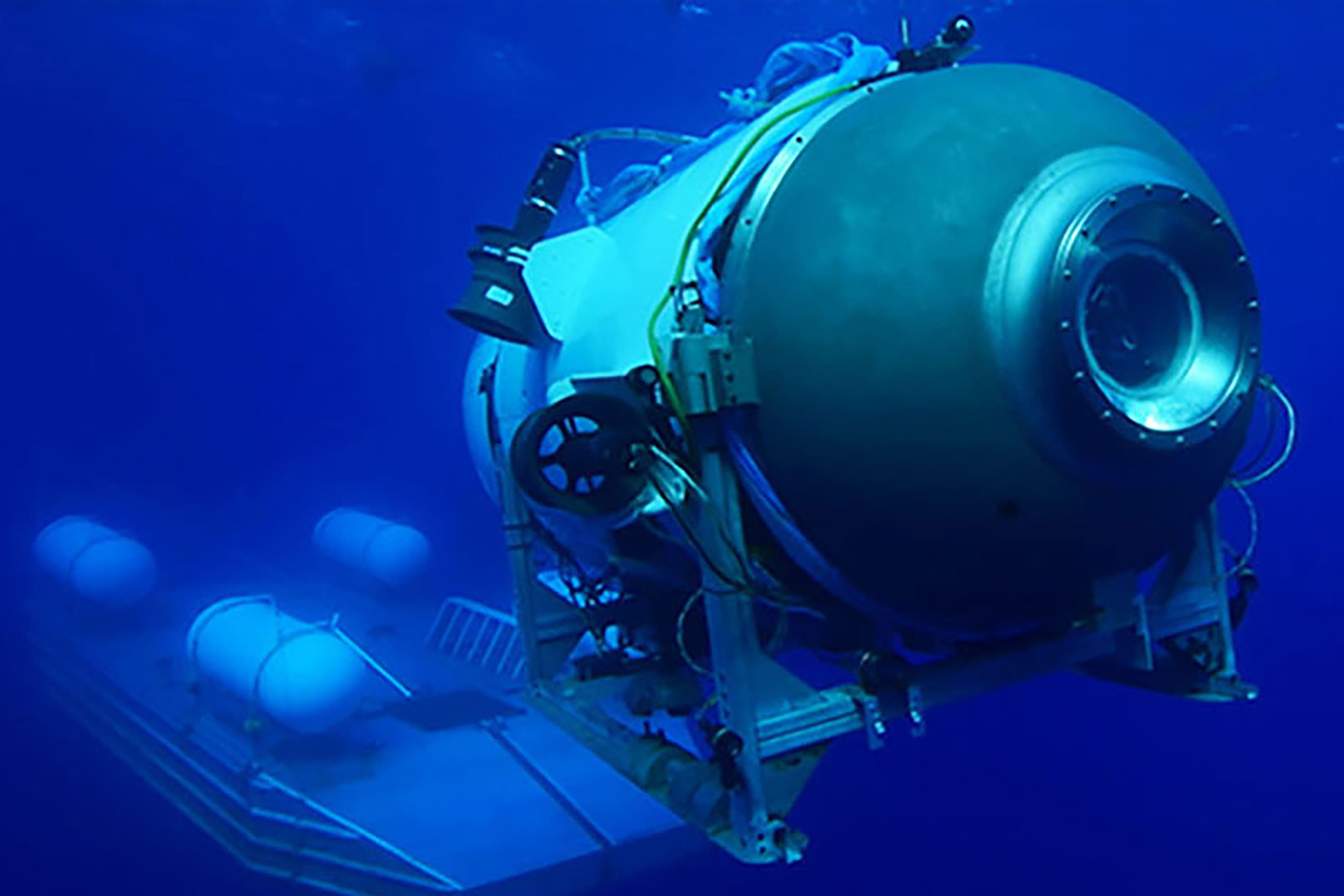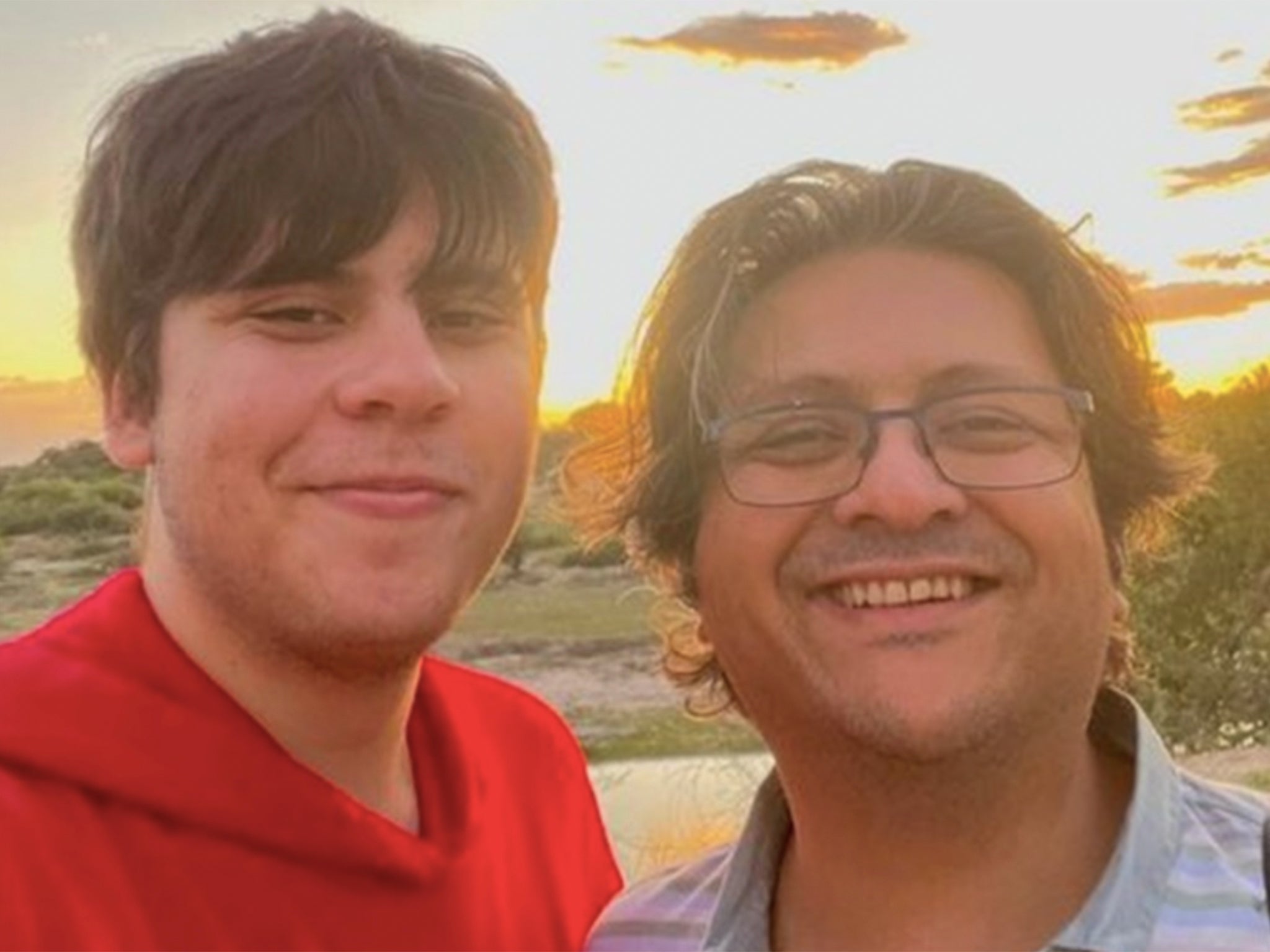
Rescue ships with crucial deep ocean remote operated vehicles will only arrive on site after the missing Titan submersible crew members run out of oxygen, the US Coast Guard says.
Captain Jamie Frederick, the response coordinator for the First Coast Guard District, told a press briefing on Wednesday that five rescue vessels will arrive in the next 24-48 hours, after the estimated time when the Titan’s oxygen reserves will have been exhausted.
Five vessels were already searching a 10,000sqm area for any sign of the OceanGate Expeditions submersible, which lost contact with its support ship less than two hours into its dive on Sunday morning.
The location of the search site 900 miles off the coast of Cape Cod had made it “difficult to mobilise large amounts of equipment quickly,” Captain Frederick said.
He also revealed that Canadian military sonar buoys had detected “banging noises” for a second straight day on Wednesday.
He admitted that the search teams had no idea what the sounds were, and searches around the areas they came from had failed to yield any trace of the missing sub.
The sounds were being analysed by US Navy specialists.
Captain Frederick said two underwater remote operated vehicle (ROVs) had also been deployed in the search zone.
In addition, two Canadian P-3 aircraft were flying back-to-back missions, and two C-130 aircraft would continue to fly through the day and into the evening.
“We have to remain optimistic and hopeful,” Captain Frederick said, adding that it was still “100 per cent” a search and rescue operation.

OceanGate CEO and founder Stockton Rush, British billionaire explorer Hamish Harding, renowned French diver Paul-Henri Nargeolet and Pakistani businessman Shahzada Dawood and his 19-year-old son Suleman Dawood were onboard the submersible vessel when it lost contact with support ship Polar Prince on Sunday.
It’s believed the submersible had “limited rations” of food and water, Captain Frederick said. Oxygen levels were just “one piece of data” being analysed, he added.
The search area has expanded to an area twice the size of Connectictut, or roughly 10,000sqm.

On Wednesday, Mr Dawood’s sister Sabrina Dawood told Sky News that the family’s sole focus was on he and his son’s safe return.
“We are deeply grateful for the efforts of news agencies during this difficult time; your constant coverage of the missing Titan submersible is undoubtedly playing a large role in the world’s ability to access relevant updates on the matter,” she told the British news channel.
The first photo emerged of the Deep Energy rescue ship, which carries two remote operated vehicles (ROVs) capable of operating to a depth of 3,000m, arriving at the search site on Wednesday.
The John Cabot, which has “side scanning sonar capabilities”, the Skandi Vinland and the Atlantic Merlin also arrived at the search site on Wednesday morning, the US Coast Guard said in a Twitter post.

However, the French ship Atalante carrying the Victor 6,000 underwater (ROV) and winch — the only one capable of reaching the Titanic wreck 4,000m under the ocean surface — is only expected to reach the search site on Wednesday night.
The US Coast Guard rejected an offer by British company Magellan Limited to send a deep-sea submersible craft that may have been able to reach the Titanic wreckage site, which lies 4,000m under the ocean surface.
The US First Coast Guard District said it turned down the offer “after careful consideration” because of the length of time it would take to reach the search site.







